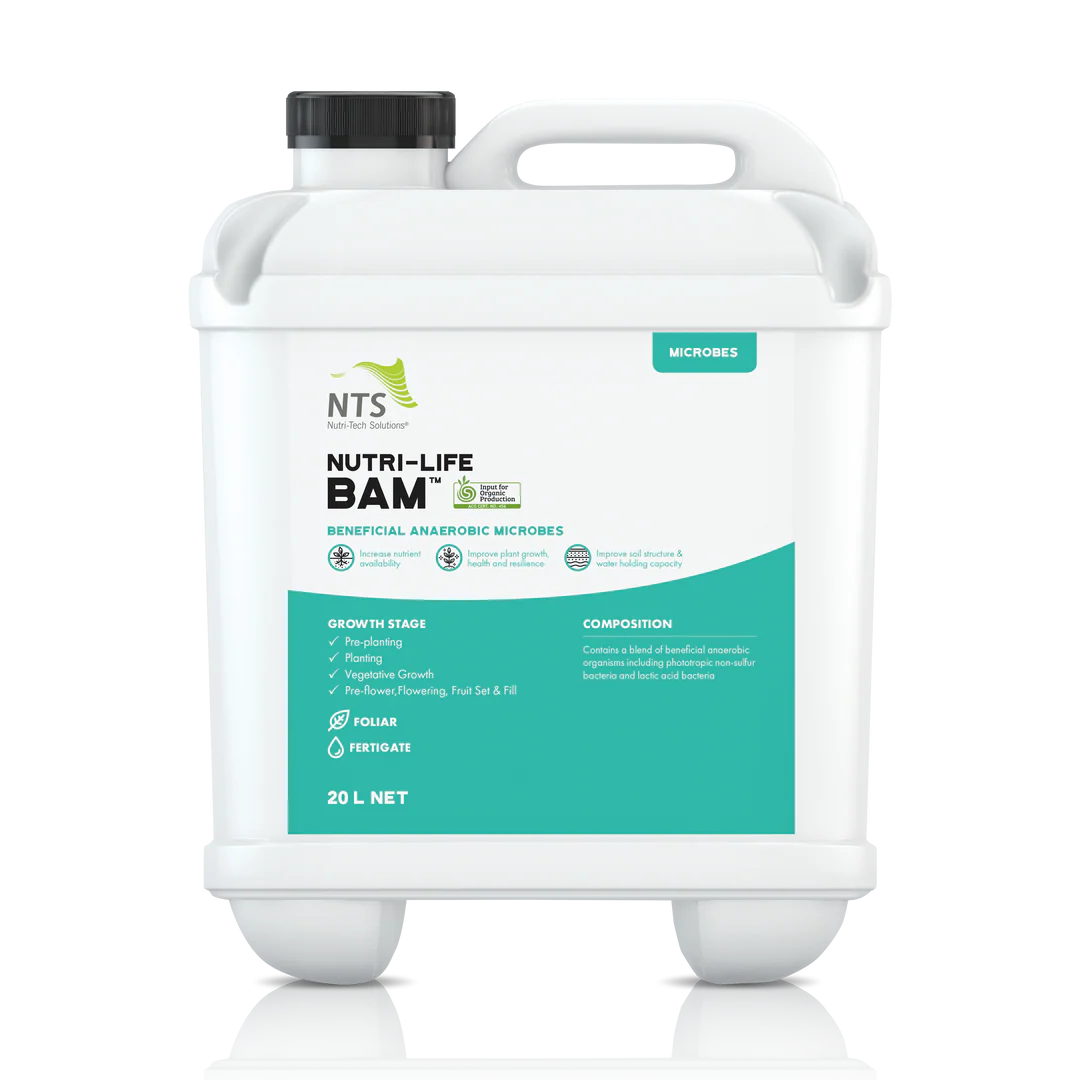How to Make Your Own BAM: A Cost-Effective Probiotic Blend for Soil and Plants
- info319147
- Oct 29
- 3 min read
In recent years, BAM (Beneficial Anaerobic Microbes) has gained attention as a powerful, natural alternative to chemical inputs. This probiotic blend—rich in Lactic Acid Bacteria (LAB) and Purple Non-Sulfur Bacteria (PNSB)—works to restore soil health, improve plant growth, and accelerate organic matter breakdown. The best part? You can easily make it yourself using simple, low-cost ingredients.
What Is BAM?
BAM is a fermented microbial solution made up of beneficial bacteria that thrive in low-oxygen (anaerobic) conditions. The two key microbial groups are:
Lactic Acid Bacteria (LAB): Found in fermented foods like yogurt and sauerkraut, LAB helps suppress pathogens, solubilize nutrients, and enhance root health.
Purple Non-Sulfur Bacteria (PNSB): A photosynthetic group that uses light for energy and recycles organic compounds. They improve nitrogen cycling, promote root development, and enhance photosynthetic efficiency in plants.
When combined, these microbes create a balanced ecosystem in your soil, leading to healthier, more resilient crop
Benefits of BAM
Improves soil structure and microbial diversity
Enhances nutrient availability (especially nitrogen, phosphorus, and potassium)
Boosts plant immunity and reduces disease pressure
Accelerates composting and residue breakdown
Reduces odours in livestock areas and organic waste
Extends shelf life of liquid biofertilizers
Cost-effective compared to commercial inoculants
Why Make Your Own?
Commercial microbial blends can cost $20–$40 per litre, while homemade BAM costs less than $2 per litre to produce. By culturing your own, you not only save money but also ensure the microbes are fresh, active, and locally adapted to your environment.
Final Thoughts
Making your own BAM is not just about cutting costs—it’s about building soil life and creating a sustainable farm ecosystem. This simple microbial technology helps close the loop between waste and fertility, turning local resources into biological powerhouses.
With minimal equipment and a little time, you can craft a high-quality, long-lasting probiotic solution that boosts soil health, plant vitality, and productivity—all from your backyard or farm shed.
Smarter Nutrition. Healthier Soil. Bigger Yields.
Protect your sugarcane with Aztec Dynamics’ BAM (Beneficial Anaerobic Microbes) — a living probiotic blend of lactic acid and purple non-sulfur bacteria that restores soil biology, boosts plant immunity, and strengthens natural pest resistance for healthier, more resilient crops.
Get in touch today for more information about the brewing process or book a tailored BAM program, an on-farm consultation, or a bacterial and fungal soil analysis to discover your soil’s true potential.
www.aztecdynamics.com.au | olivia@aztecdynamics.com.au | Based in North Queensland
REFERENCES :
Higa, T., & Parr, J. F. (1994). Beneficial and effective microorganisms for a sustainable agriculture and environment. International Nature Farming Research Center.
Imai, S., & Higa, T. (1994). The role of photosynthetic bacteria in sustainable agriculture. Kyusei Nature Farming Journal, 3(1), 23–29.
Okuda, A., Fujimori, S., & Higa, T. (2000). Mechanisms of organic matter decomposition by lactic acid and phototrophic bacteria. Journal of Sustainable Agriculture, 17(4), 31–45.
Sánchez-Moreno, S., Ferris, H., & Altieri, M. A. (2006). Soil ecological and biological interactions in organic and conventional farming systems. Applied Soil Ecology, 31(3), 199–210.
Vessey, J. K. (2003). Plant growth promoting rhizobacteria as biofertilizers. Plant and Soil, 255(2), 571–586.
Kondo, R., & Shiraishi, T. (2013). Purple non-sulfur bacteria: Potential applications in agriculture and bioremediation. Microbes and Environments, 28(1), 1–7.
Kim, D. H., & Lee, S. H. (2012). Effects of lactic acid bacteria inoculation on soil nutrient availability and microbial activity. Agricultural Science Journal, 45(2), 117–126.
Xu, H. L. (2001). Effects of a microbial inoculant and organic fertilizers on the growth, photosynthesis, and yield of sweet corn. Scientia Horticulturae, 91(1-2), 131–143.
Singh, J. S., Pandey, V. C., & Singh, D. P. (2011). Efficient soil microorganisms: A new dimension for sustainable agriculture and environmental development. Agriculture, Ecosystems & Environment, 140(3-4), 339–353.
Li, L., Wang, X., & Xu, M. (2018). Role of beneficial microbes in nutrient cycling and soil health improvement. Frontiers in Environmental Science, 6(1), 1–10.







Comments